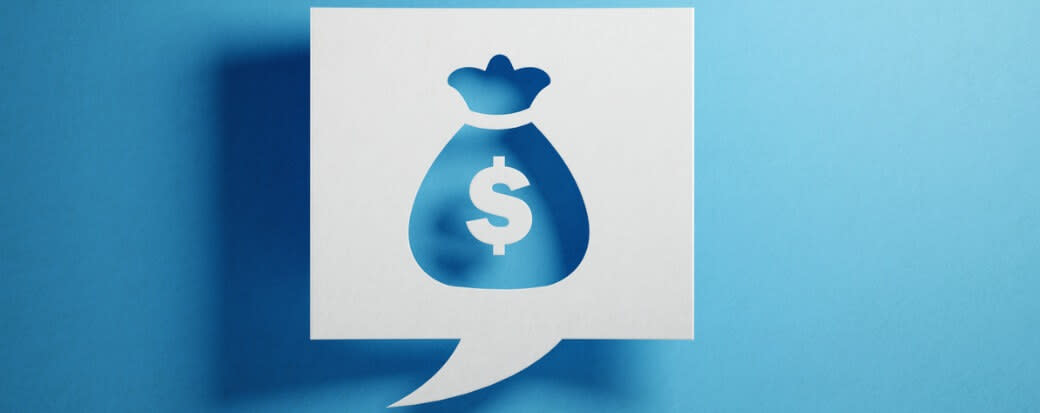Guide to Credit Card Hardship Programs

Share this article:
Editor’s note: Lantern by SoFi seeks to provide content that is objective, independent, and accurate. Writers are separate from our business operation and do not receive direct compensation from advertisers or network providers. Read more about our Editorial Guidelines and How We Make Money.
What Is a Credit Card Hardship Program?
What Is Involved in a Hardship Program?
Temporary reduction in your interest rate Deferred payment Waived fees A fixed payment schedule to pay off credit card debt A smaller minimum payment
Who Needs a Credit Card Hardship Program?
Applying for a Credit Card Hardship Program
Circumstances That May Qualify for a Hardship Program
Job loss Pay cut Serious illness Family emergency Divorce Natural disaster
Steps for Getting Into a Hardship Program
1. Take Stock of Your Budget
2. Contact the Card Issuer
3. Only Agree to Terms You Can Afford
What to Consider Before Agreeing to a Financial Hardship Plan
Make as strong a case as you can. Gather and submit as much relevant documentation as possible about your financial situation. This might include pay stubs, bank statements, medical bills, divorce papers, or any proof of financial hardship you can provide. Make sure you understand all of the terms of the deal. Will payments automatically be debited from your bank account? Are you expected to work with a credit counselor? What would cause you to be expelled from the program? Find how the plan will affect your ability to use your credit card. It’s a good idea to find out if the issuer is planning to temporarily freeze your card so you can't use it, reduce your credit limit, or close the account.
Do Credit Card Hardship Programs Affect Your Credit?
Possible Drawbacks of a Credit Card Hardship Program
It can take some time and effort to prove your hardship to the card issuer. The issuer may require you to meet with a credit counselor or complete a debt management program. The card issuer could close your account or lower your credit limit, which could negatively impact your credit and give you less flexibility in using credit to make purchases.
Alternatives to a Credit Card Hardship Program
Balance Transfer Credit Card
Debt Consolidation Loans for Multiple Credit Cards
Debt Management Plan
The Takeaway
Frequently Asked Questions
Photo credit: iStock/MicroStockHub
LNTCC-Q125-010
About the Author
Jason Steele has been writing about credit cards and award travel since 2008. One of the nation's leading experts in this field, he has contributed to dozens of personal finance and travel outlets and has been widely quoted in the mainstream media.
Share this article: